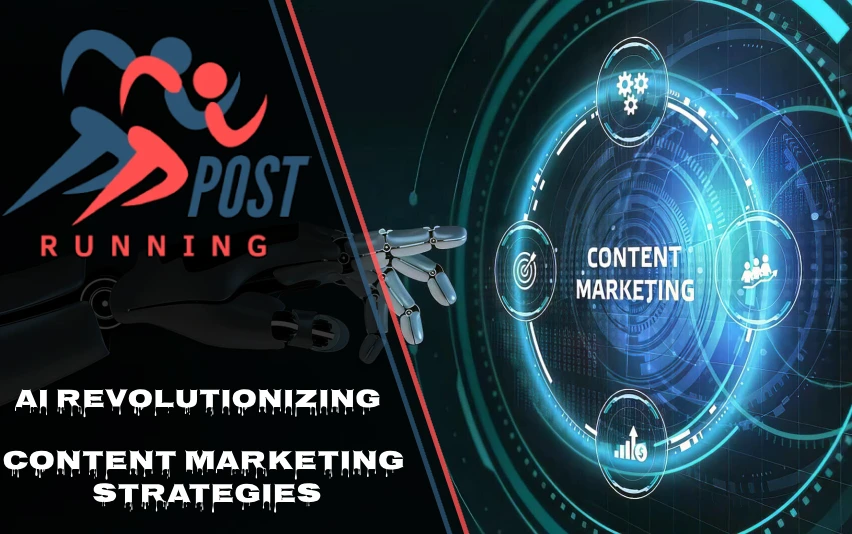Google’s Search Generative Experience (SGE) is shaking up the world of search results and SEO strategies. This AI-powered feature is changing how we find information online, and it’s crucial for businesses and marketers to understand its impact. Let’s dive into what SGE means for the future of search and how it’s reshaping the digital landscape.
Introduction
Google SGE is a game-changer in the search engine world. It’s an AI-powered tool that provides direct, summarized answers to user queries right at the top of search results. This new feature is transforming how people interact with search engines and access information online.
Understanding SGE’s impact on search results is vital for anyone involved in digital marketing, content creation, or online business. As SGE becomes more prevalent, it’s reshaping user behavior and expectations, forcing businesses to adapt their SEO strategies to stay visible and relevant in this new search environment.
What is Google SGE?
Google SGE, short for Search Generative Experience, is Google’s latest innovation in search technology. It’s an AI-powered feature designed to provide users with quick, concise answers to their queries without the need to click through to multiple websites.
SGE works by analyzing search results and generating a summary or “snapshot” of information directly on the search results page. This AI-generated content is placed prominently above traditional organic search results, making it the first thing users see when they perform a search.
The purpose of SGE is to streamline the search process, providing users with immediate answers and reducing the time spent clicking through various websites. It’s Google’s response to the growing popularity of AI chatbots and the increasing demand for more efficient information retrieval.
SGE’s Prevalence in Search Results
The impact of SGE on search results is significant and widespread. Recent studies have shown that SGE appears in a staggering 86.8% of all search queries. Another study even reported that SGE is displayed for 91.4% of all search queries. These numbers highlight just how pervasive SGE has become in the search landscape.
This high prevalence means that for the vast majority of searches, users are now encountering AI-generated summaries before they see traditional organic search results. This shift has major implications for how users interact with search results and how businesses need to approach their SEO strategies.
Impact on Organic Traffic
The introduction of SGE is causing a noticeable shift in organic traffic patterns. With AI-generated summaries appearing at the top of search results, there’s a potential decrease in click-through rates for traditional organic results.
Users may find the information they need directly in the SGE summary, reducing the likelihood of them scrolling down to click on organic listings. This shift is forcing marketers and SEO professionals to rethink their strategies, moving away from a sole focus on ranking in the top organic positions.
Instead, the focus is shifting towards becoming a primary source of information for SGE summaries. This means creating high-quality, comprehensive content that Google’s AI is likely to draw from when generating its summaries.
Changes in Search Result Presentation
SGE is not just changing user behavior; it’s also altering the very structure of search result pages. Here are some key changes:
- SGE answers include an average of 10.75 links. This means that even within the AI-generated summary, there are opportunities for websites to be featured and potentially receive traffic.
- Each SGE answer features an average of 4.3 unique domains. This diversity suggests that Google is pulling information from multiple sources to create comprehensive summaries.
- Interestingly, 62% of the links in SGE answers come from sources outside the top 10 ranking organic domains for the same query. This opens up opportunities for websites that may not have traditionally ranked well to still be featured prominently in search results.
These changes indicate that SGE is not just summarizing the top-ranking pages but is drawing information from a wide range of sources to provide the most relevant and comprehensive answers.
SEO Strategies for SGE Era
With the rise of SGE, SEO strategies need to evolve. Here are some key approaches for optimizing content in the SGE era:
- Focus on high-quality, comprehensive content: SGE favors content that provides in-depth, authoritative information on a topic. Creating detailed, well-researched content is more important than ever.
- Optimize for featured snippets: Many of the strategies used for featured snippet optimization also apply to SGE. This includes using clear, concise language and structuring content in a way that directly answers common questions.
- Emphasize E-E-A-T: Expertise, Experience, Authoritativeness, and Trustworthiness are crucial factors in Google’s evaluation of content quality. Demonstrating these qualities in your content can increase the likelihood of being featured in SGE summaries.
- Use structured data: Implementing schema markup can help Google better understand your content, potentially increasing the chances of it being used in SGE summaries.
- Focus on user intent: Understanding and addressing the underlying intent behind search queries is crucial. SGE aims to provide the most relevant answers, so aligning your content with user intent is key.
- Optimize titles, headings, and meta descriptions: These elements are still important for SGE. Use clear, descriptive language that accurately summarizes your content.
Impact on Different Industries
The impact of SGE varies across different industries and sectors. Some key observations include:
- Information-heavy industries: Sectors like news, education, and healthcare may see a more significant impact as SGE can often provide direct answers to queries in these fields.
- E-commerce: While product searches may still lead users to click through to websites, SGE could impact the research phase of the buying journey.
- Local businesses: SGE may incorporate local search features, potentially affecting how local businesses appear in search results.
- Q&A sites: Interestingly, Q&A sites like Quora have shown notable performance in SGE results. This suggests that content structured in a question-and-answer format may be favored by SGE.
Paid Search Advertising in SGE
While much of the focus has been on SGE’s impact on organic results, it’s also affecting paid search advertising:
- Ads are present in about 50% of keywords featuring SGE results. This indicates that paid advertising is still a viable strategy in the SGE era.
- Ad placement varies, with ads appearing both above and below SGE results. This means that while SGE may push organic results further down the page, paid ads can still maintain prominent positions.
- The effectiveness of paid ads in SGE-dominated search results is still being studied. Advertisers may need to adapt their strategies to ensure their ads remain compelling alongside AI-generated summaries.
Conclusion
Google’s Search Generative Experience is fundamentally changing the search landscape. Its widespread presence in search results, impact on organic traffic, and changes to result presentation are forcing a reevaluation of SEO strategies.
For businesses and marketers, adapting to the SGE era is crucial. This means focusing on creating high-quality, comprehensive content that addresses user intent, optimizing for featured snippets and SGE summaries, and staying abreast of changes in search result presentation.
While SGE presents challenges, it also offers opportunities. Websites that may not have traditionally ranked well can now be featured in SGE summaries. The key is to focus on providing value to users and aligning content with the way SGE processes and presents information.
As we move forward, the ability to adapt SEO strategies for the SGE era will be a critical factor in maintaining visibility and driving traffic in the evolving world of search. The future of search is here, and it’s powered by AI.
Discover more fascinating insights—explore Running Posts today.















